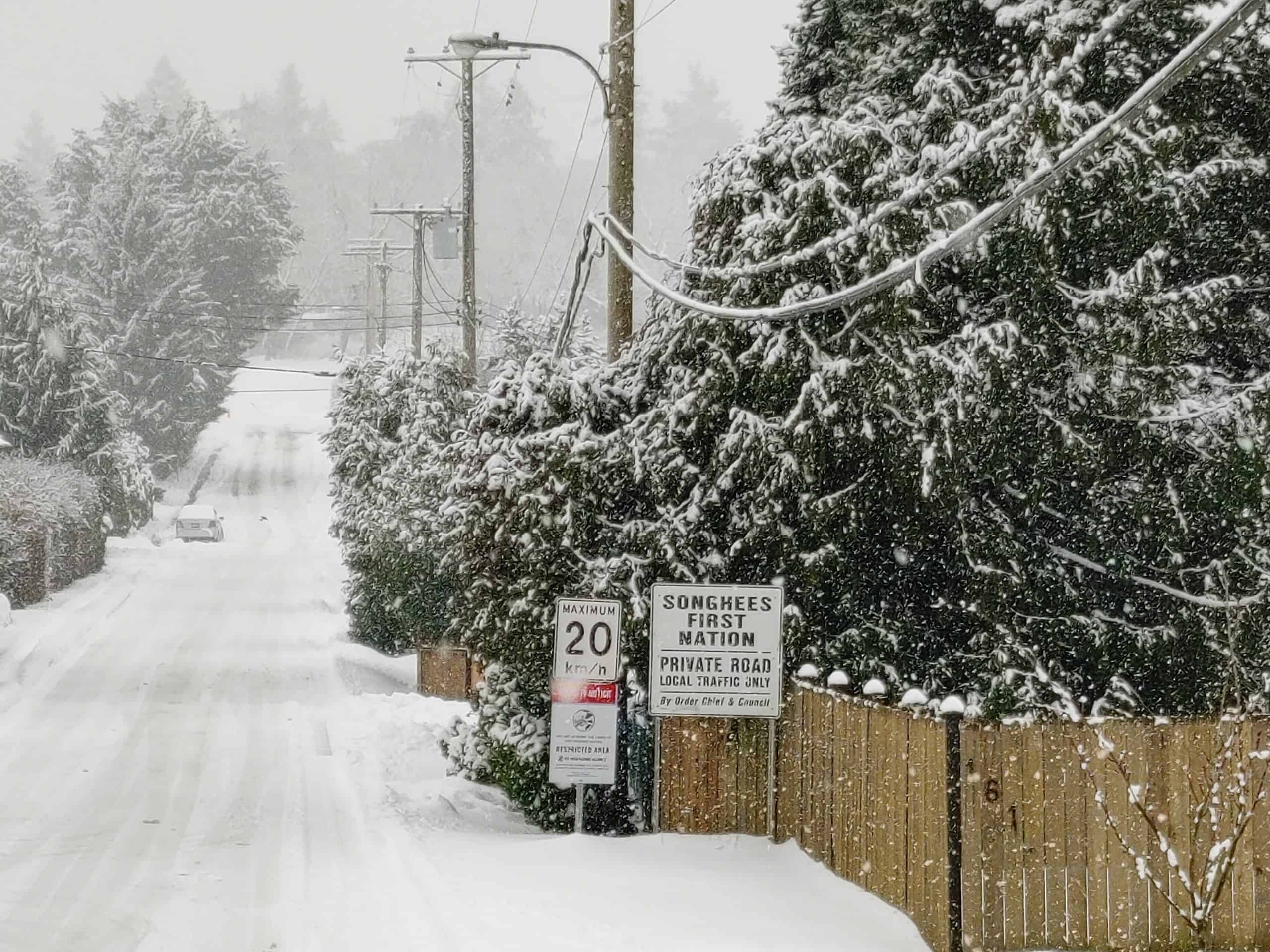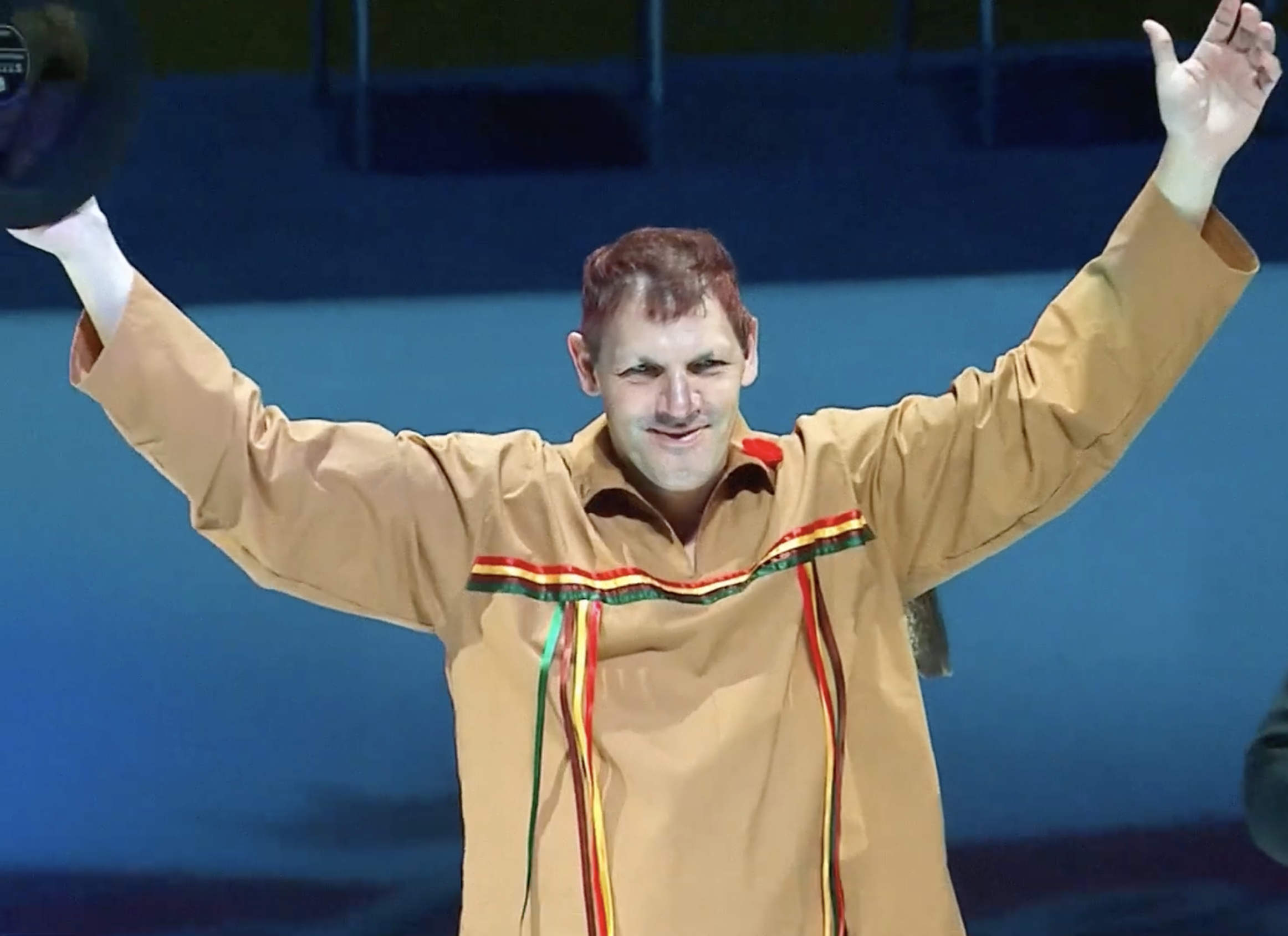Here’s how First Nation Education Agreements are changing things for Indigenous students
Songhees Nation – just one of many nations reaffirming their children’s right to education under the BC Tripartite Education Agreement

What is the BC Tripartite Education Agreement?
B.C. is the first and only jurisdiction in Canada with an education agreement signed by the First Nations Education Steering Committee (FNESC), the province and the federal government — a matter that can be complex because of on and off reserve schools and the unique needs of individual nations.
The BC Tripartite Education Agreement (BCTEA) attempts to promote systemic shifts and collective efforts to support First Nations students across the province, regardless of where they live or are enrolled in school.
The agreement was first signed in 2012 by FNESC, the B.C. Ministry of Education (the Ministry), Indigenous Services Canada (ISC), and witnessed by the First Nations Schools Association (FNSA).
Serving as an overarching umbrella for ever-changing Local Education Agreements (LEA), the BCTEA was supported with $100-million in federal funding over five years, from 2018 to 2023.
What do these agreements mean for local nations?
Songhees and other B.C. nations handle education through agreements with their local school districts under BCTEA, through what are known as LEAs.
The Songhees Nation Education Liaison Ellie Dion says since 2017 the community has been working to renew their LEA with School District 61.
Now, leadership is at a point where they are satisfied with the recommendations that could be included in the updated agreement.
“(It’s) very significant,” she says. “It implies that the nation [will] have rights in the education of our students.”
What do the agreements include?
Topics up for negotiation under BCTEA include funding allocation, transportation, the sharing of information and data, culture and language, as well as other local priorities such as COVID-19.
The new content in the updated Songhees agreement under BCTEA will impact and shape how students will be supported, says Dion.
“We’ve moved from the school giving general information to the nation now having access to specifics with the consent of parents,” she says.
Prior to the change, the nation did not have access to Songhees student records, but now they do under the newly revised LEA, just one of the revisions that will help to ensure academic success of Songhees students, says Dion.
How does the money get distributed?
Funding for Indigenous education comes from various levels of government.
Indigenous Northern Affairs Canada’s (INAC) system of enrollment for First Nations students is referred to as a Nominal Roll.
According to FNESC, the BCTEA is setting the foundation for further growth and changes to support the growth of the B.C. First Nations education system including important Nominal Roll changes.
Right now, education funds filtered through INAC for Nominal Roll students are mostly limited to students living on reserve, whereas B.C. has responsibility for the provision of K-12 education services to Indigenous people living off-reserve.
Each year, the province determines grant funding for public education, and uses student enrolment data and a funding formula to allocate these funds. Indigenous students, including Status First Nation students living on reserve who attend public schools, represent 11.5 per cent of public school enrolment.
On a local level with School District 61, funding to support Indigenous students has increased from $1.7 million in 2016-2017 to $2.3 million for this school year, according to the B.C. Ministry of Education.
Through their LEA, Songhees Nation funds various educational services for students from the nation on top of this.
“That is an additional amount of money that is specifically for education services that is complementary to what comes through enrollment,” says Dion.
Does the BCTEA support cultural education?
Dion says it’s key that “Songhees students are recognized fully for their whole potential academic success,” which includes Indigenous teachings around culture, belonging and learning from the land.
Dion says that this goes back to FNESC’s commitment to promote Indigenous life and Songhees is making sure that this work is happening.
The new content in their agreement will impact and shape how students will be supported, says Dion.
This is in line with one of the guiding principles of the Songhees LEA — to promote success for Indigenous students through regular and ongoing communication between the School District and the First Nation.
“We are fortunate to say that’s been something that has been in place for a long time with Songhees Nation,” she says.
Author
Latest Stories
-
‘Bring her home’: How Buffalo Woman was identified as Ashlee Shingoose
The Anishininew mother as been missing since 2022 — now, her family is one step closer to bringing her home as the Province of Manitoba vows to search for her
-
Book remembers ‘fighting spirit’ of Gino Odjick, hockey’s ‘Algonquin Assassin’
Biography of late Kitigan Zibi Anishinabeg left winger explores Odjick’s legacy as enforcer in the rink — and Youth role model off the ice
-
St. Augustine’s survivor hopes for closure after evidence of 81 unmarked graves released
50 years after the residential ‘school’ closed, shíshálh Nation announces evidence of many burial sites. A Tla’amin Elder wonders how many more children died













